- Home
- Our Business
- Key technologies
Key Technologies
Responding to diverse needs with technology to contribute to the sustainable development of society
Kao meets the diverse needs of a wide range of industries in a wide range of fields with unique technologies that combine key technologies developed through comprehensive research and development activities ranging from the basic material design, reaction control, and precision processing of oils, surfactants, and polymers to their application in respective fields.
Kao's key technologies
| Food products | Plastics & Rubber | Agrochemicals |
| Detergents & Cosmetics | Lubricants | Paints & Inks |
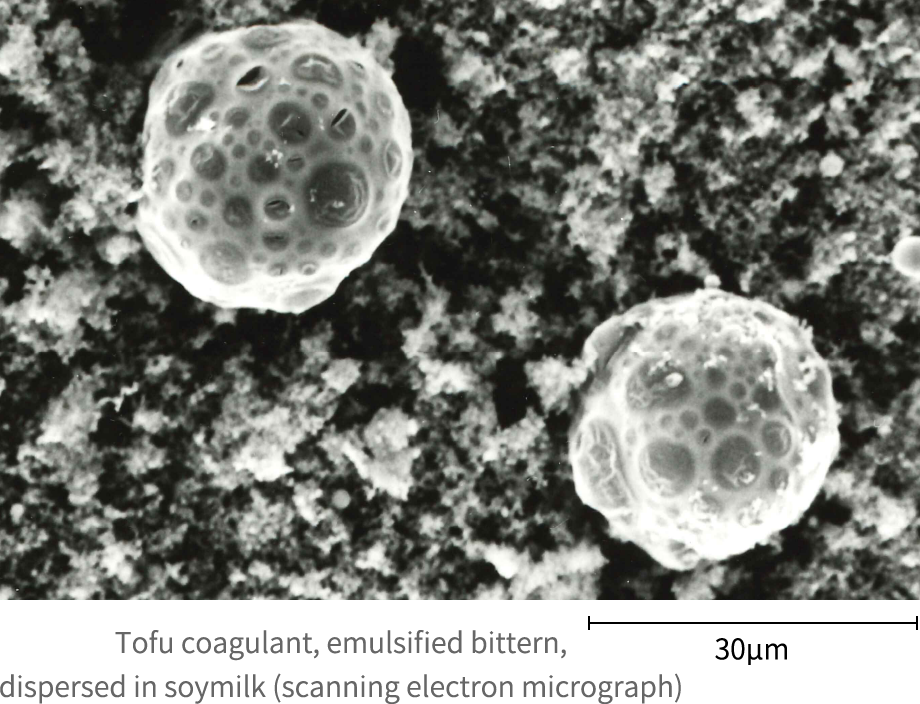
| Asphalt, Civil engineering & Construction | Fine ceramics |
| Paints & Inks | Agrochemicals |
| Pulp & Paper |

| Detergents & Cosmetics | Metals |
| Semiconductors & Electronics |
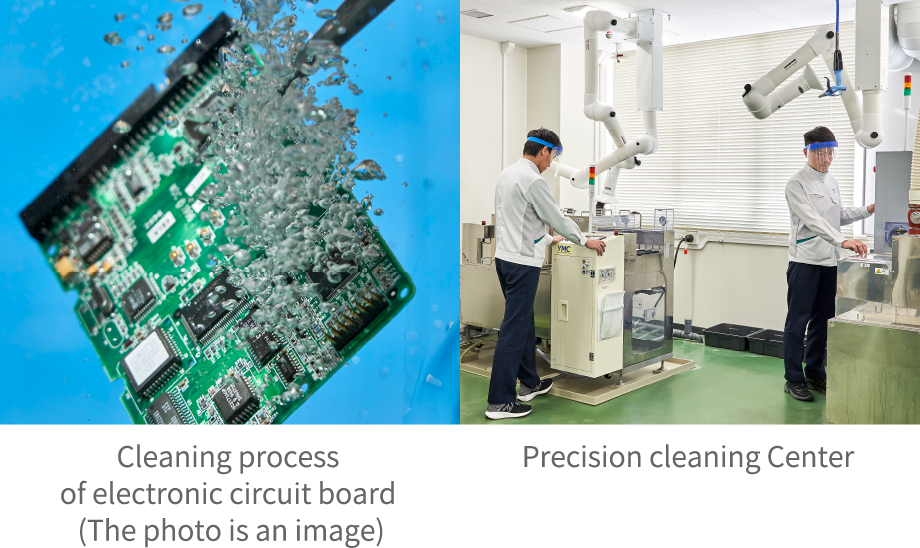
| Pulp & Paper | Asphalt, Civil engineering & Construction |
| Resources, Energy & Batteries | Lubricants |
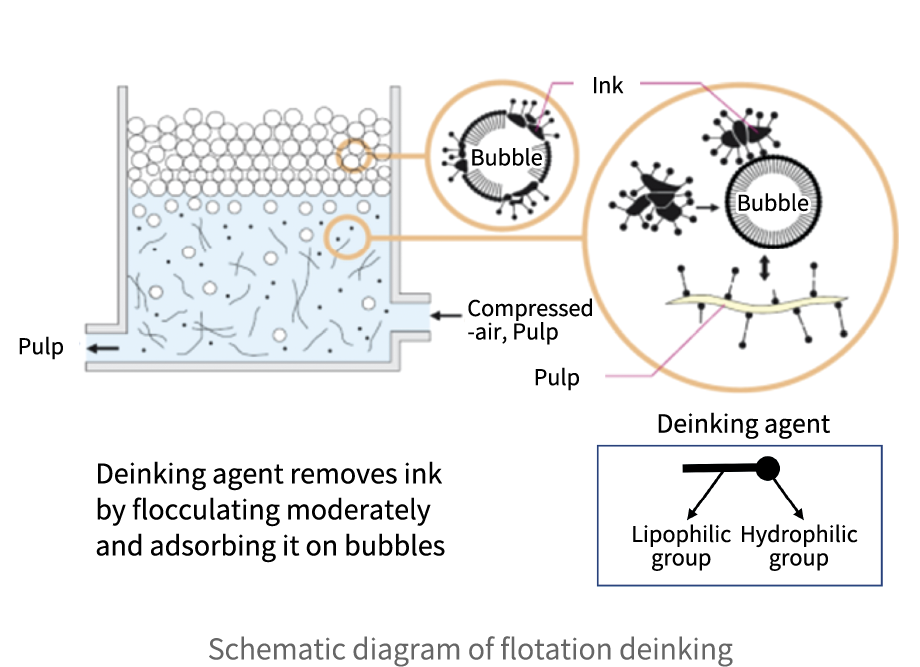
| Paints & Inks |
| Plastics & Rubber |

| Plastics & Rubber |
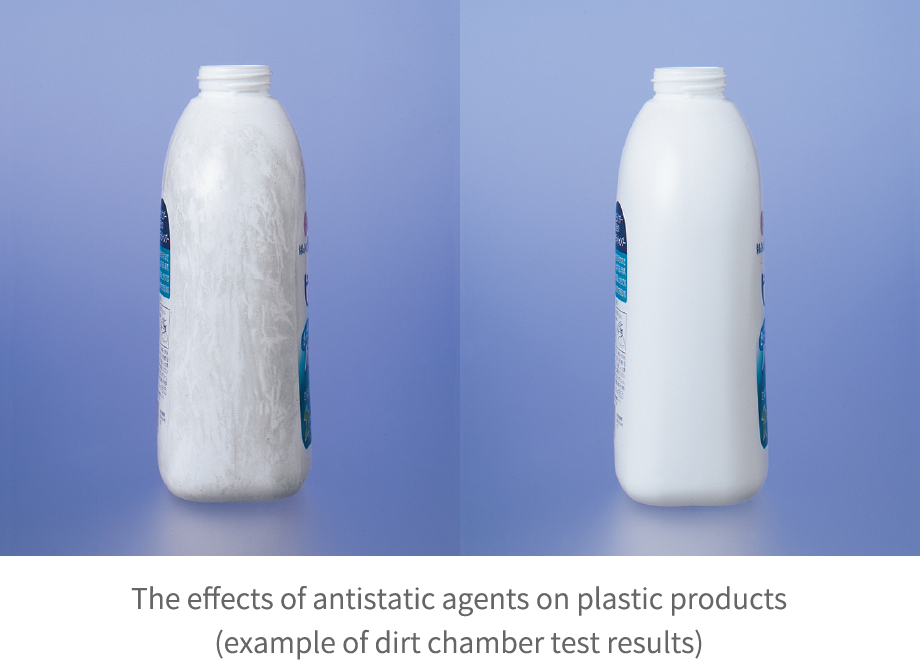
| Semiconductors & Electronics |
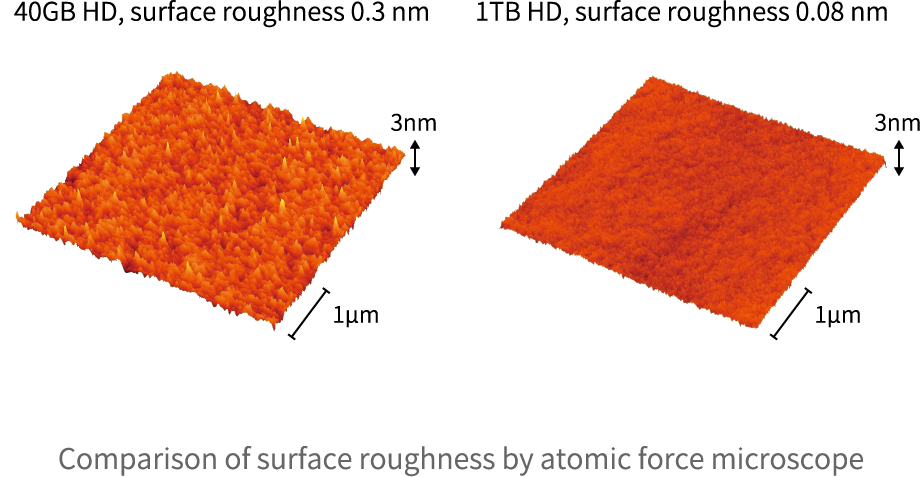
| Digital printing materials | Paints & Inks |
| Asphalt, Civil engineering & Construction | LUNAFLEX |
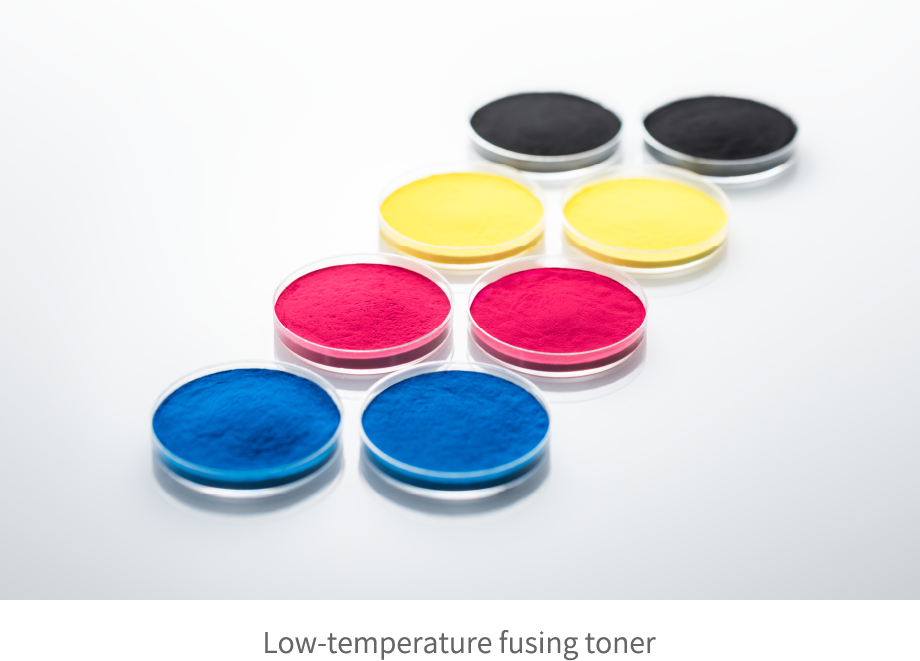
| Aroma chemicals |

| Digital printing materials |

| LUNAFLEX |
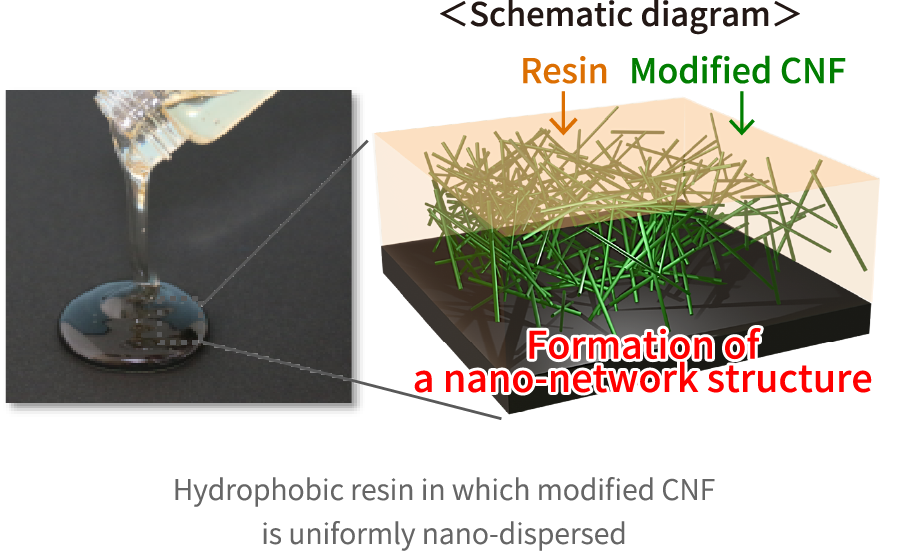
| Agrochemicals |
| Detergents & Cosmetics |

| Detergents & Cosmetics | Food products |
| Pulp & Paper | Asphalt, Civil engineering & Construction |

| Oleochemicals |

Kao research & development
Kao is contributing to the sustainable development of society, engaging in research and development day and night to help people all over the world live an affluent life. The Research and Development Division of the Kao Group has two functions: "product development research", which aims to design products and commercialize technologies in response to the needs of consumers/customers, and "fundamental research", which delves deeply into cutting-edge science and technology in various fields to uncover the mechanisms of phenomena in a range of materials. While matrix management that allows both of these fields of research to progress hand-in-hand is helping to create a range of innovative products, collaboration between our Performance Chemicals Research, primarily responsible for product development research, and the Material Science Research, involved in fundamental research, aim to achieve a dynamic and flexible exchange of knowledge in their respective specialized fields and accelerate research and development.
Research and Development
Performance Chemicals Research
The Performance Chemicals Research conducts global research and development activities as a development base for industrial chemical products. The Chemical Research was established in 1991 following a reorganization of our existing research body, and was renamed the Performance Chemicals Research in 2013 after further organizational restructuring. Our domestic development base is based in Wakayama with a branch office in Toyohashi. The Chemicals business is the most globalized segment of the Kao Group, and is responsible for overseeing research bases in four countries in Asia, Europe, and North America. Interfacial science is a fundamental technology for the development of industrial chemical products. Among these, we define "interfacial physical property control technology", "nano-surface modification technology", "functional molecular design technology" and a combination of these as our "core technologies". In addition to further building on these technologies, Kao offers customer-oriented products and solutions to support their success. We are actively developing environmentally friendly products to contribute to a sustainable society in the information and electronics industries, which are expected to grow worldwide.
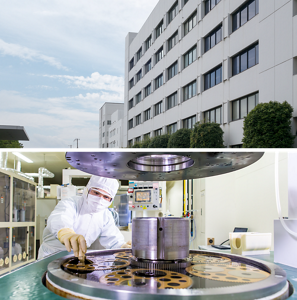
Material Science Research
In order to create value and contribute to the future of a sustainable society through material science research that is in harmony with nature, the Material Science Research is promoting the design and investigating the principles of action of key materials that form the basis of product value, and the development of highly efficient reaction technology. Interfacial chemistry, polymer chemistry, and catalytic chemistry form our core technologies. The starting point for our research and development in these areas is a deep understanding of the nature of the functions and principles of action that materials produce based on this core technology, and the nature of the reaction process used to synthesize these materials. While playing a role in fundamental research in the field of material development, we also play a direct role in the development of chemical products such as oleochemicals, surfactants, cosmetics, agrochemicals, and synthetic fragrances.
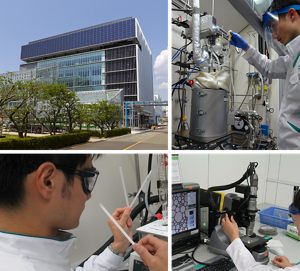
For other technical inquiries, please use the form below.
- Home
- Our Business
- Key technologies



